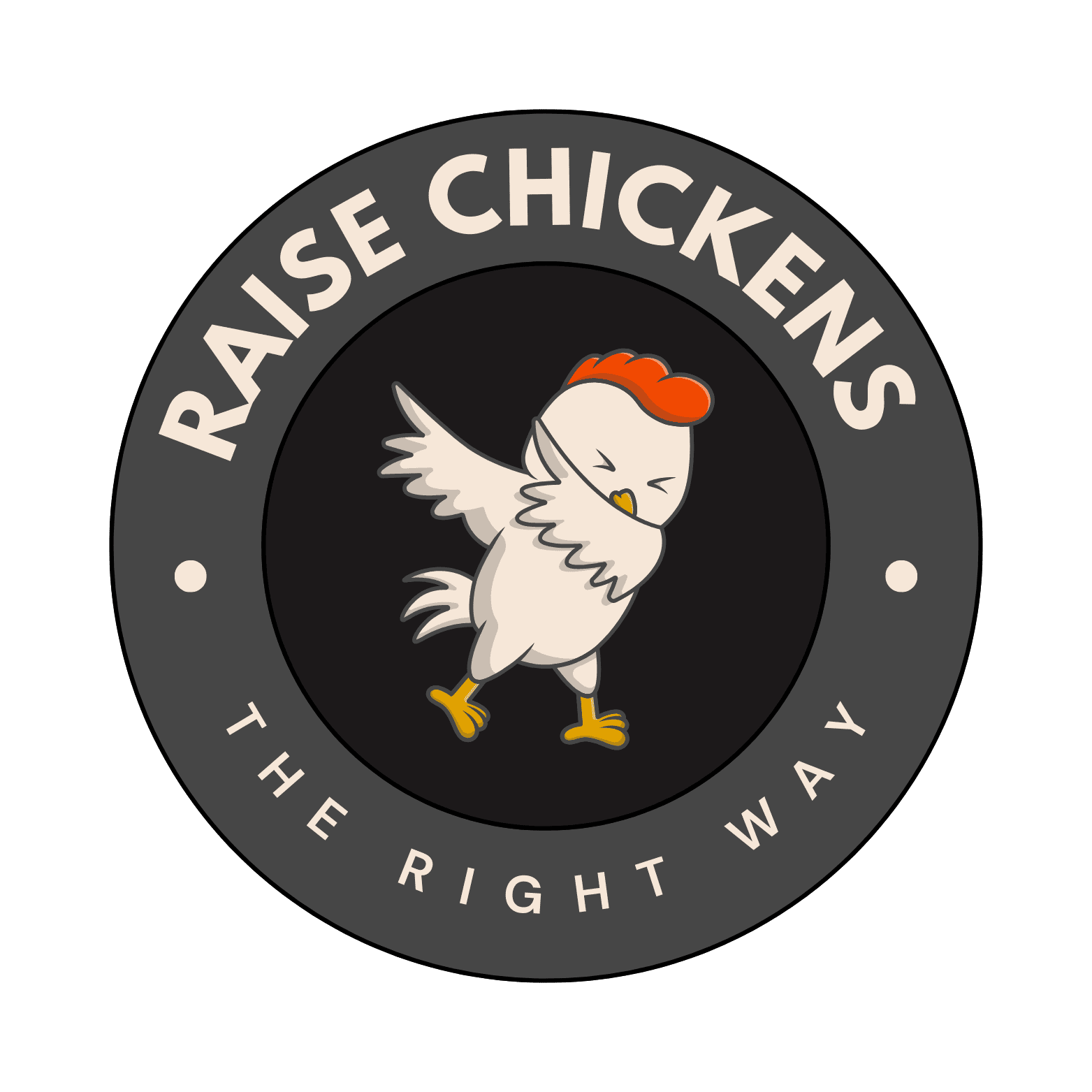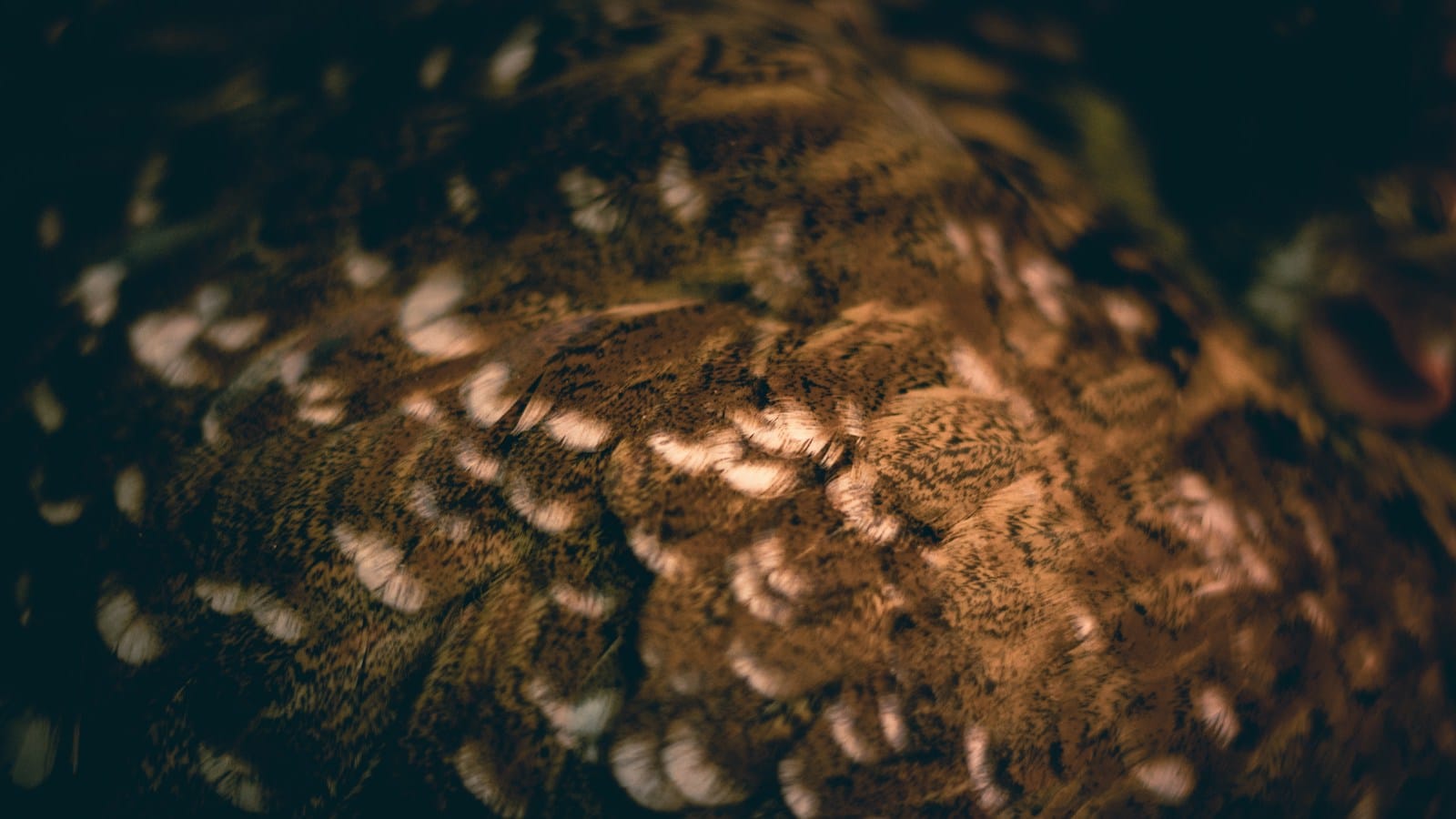Chickens, just like many other birds, go through a process called molting. This natural occurrence, which typically happens annually, involves shedding old feathers and growing new ones. Molting serves various purposes, including the maintenance of healthy feathers and ensuring proper insulation and flight capability for birds.
As part of their life cycle, chickens need to replace their feathers due to wear and tear from daily activities, weather exposure, and even potential pest and disease issues. Molting is initiated by hormonal changes and can be influenced by factors such as the chicken’s age, breed, and environmental conditions like light exposure and temperature. The process may last from a few weeks to several months, depending on the individual chicken.
During molting, chickens might experience a decreased egg production or even completely cease laying eggs temporarily. It is essential for chicken keepers to be aware of this phenomenon in order to better understand and support their birds during this period. By providing proper nutrition and care, one can ensure a healthy molting process and maintain a thriving flock.
Why and When Do Chickens Molt?
Chickens, like most birds, go through a natural process called molting. Molting is when chickens shed their old feathers and grow new ones. This process helps to maintain healthy and strong feathers, as they are essential for insulation, protection, and flight in many bird species. Although chickens cannot fly long distances, their feathers still serve a crucial role in keeping them healthy and comfortable.
The molting process typically occurs in the fall when daylight hours decrease. Shorter days signal to the chickens that winter is approaching, and it is time to replace old feathers with new ones to prepare for the colder months. This predictable pattern is linked to the amount of light a chicken is exposed to each day. In nature, chickens experience varying daylight hours throughout the year. However, artificial lighting can also stimulate molting in commercial settings where constant production is necessary.
There are several factors that can influence the molting process in chickens, including age, nutrition, and environmental conditions. For instance, extreme heat can sometimes trigger the onset of molting. Additionally, a chicken’s age can determine when it begins to molt and the pace of the process. Older chickens tend to molt at a slower rate compared to their younger counterparts.
During the molting process, chickens may appear less active and show a decrease in egg production. This is because their bodies require a significant amount of energy to generate new feathers. It is essential for chicken keepers to provide proper nutrition and a comfortable environment for their birds during this time, as stress can exacerbate the molting process.
In conclusion, chickens molt to replace old, worn-out feathers with new ones, ensuring their well-being and overall health. This process typically takes place in the fall when daylight hours decrease, signaling the approaching winter months. A variety of factors can influence the molting process, emphasizing the importance of proper care and attention from chicken keepers.
The Molting Process and Its Effects
Types of Molting
Chickens may experience different types of molting throughout their lives. Soft molt, hard molt, juvenile molt, and adult molt are all common processes. Soft molts typically involve shedding some feathers without significant disruptions to daily routines. Hard molts, on the other hand, involve more extensive feather loss and can be more stressful for the chicken. Juvenile molt occurs when a young chicken transitions from their fluffy baby feathers to adult ones. Adult chickens may also experience stress molting, which can be triggered by factors such as predators, heat, or illness, and involves more rapid feather loss.
Effects on Feathers
During the molting process, chickens shed and regrow various types of feathers, including pin feathers, tail feathers, saddle feathers, and blood feathers. Pin feathers are new feathers that emerge through the skin, often appearing small and thin at first. Tail feathers and saddle feathers make up a significant portion of the bird’s overall feathers and are vital for stability and protection. Blood feathers are still developing and can cause considerable pain if broken or damaged.
Effects on the Chicken’s Body
The molting process causes numerous physical changes to a chicken’s body. Feather loss can expose vulnerable skin areas around the vent, chest, and thighs. Moreover, it may also lead to dandruff-like skin flakes as the skin sheds. This process can be physically stressful and even painful for the chicken.
Effects on Egg Production
Egg production is often impacted by molting. As chickens devote more energy to feather regrowth, they may lay fewer eggs or stop laying altogether. Once the molting process is complete and the laying cycle resumes, egg production may return to normal. It is essential for the flock to remain as stress-free and comfortable as possible to minimize disruptions to egg production.
Effects on Behavior
Chickens may exhibit behavioral changes during the molting process. They can become more stressed and less social, often seeking hiding places to protect themselves from predators and other flock members. Chickens may also take extra care in grooming themselves, removing loose feathers, and preening to maintain their appearance and comfort.
Adapting to Seasonal Changes
Chickens often molt in response to seasonal changes, like cooler weather or decreasing daylight hours. Many chickens molt in preparation for winter, shedding old, worn feathers to replace them with new, insulating ones. Providing appropriate shelter and a comfortable environment is essential to ensure a smooth molting process.
Dietary Needs and Proper Nutrition
Chickens require increased protein intake during molting to support healthy feather regrowth, such as red sunflower seeds, mealworms, and high-protein feeds. Additional nutrients, like the ones found in layer feeds, peas, soybeans, flaxseed, and meat scraps, can also promote healthy molting. Ensuring hens have access to fresh food and water is crucial to support the molting process.
Molting Challenges and Care
Chickens may face several challenges during the molting process, such as infestations of mites or internal parasites. Poor nutrition can lead to scruffy, unhealthy-looking feathers, respiratory illness, or even decreased egg production. Extra care, such as providing hiding places, ensuring clean living conditions, and regularly monitoring the birds’ health, is essential during molting periods.
Breed-Specific Molting Characteristics
Different breeds of chickens may exhibit varying molting characteristics. Some breeds, like males, may molt more frequently or experience more profound feather loss. Familiarizing oneself with the specific breed’s molting patterns can help chicken owners provide the best possible care for their birds.

